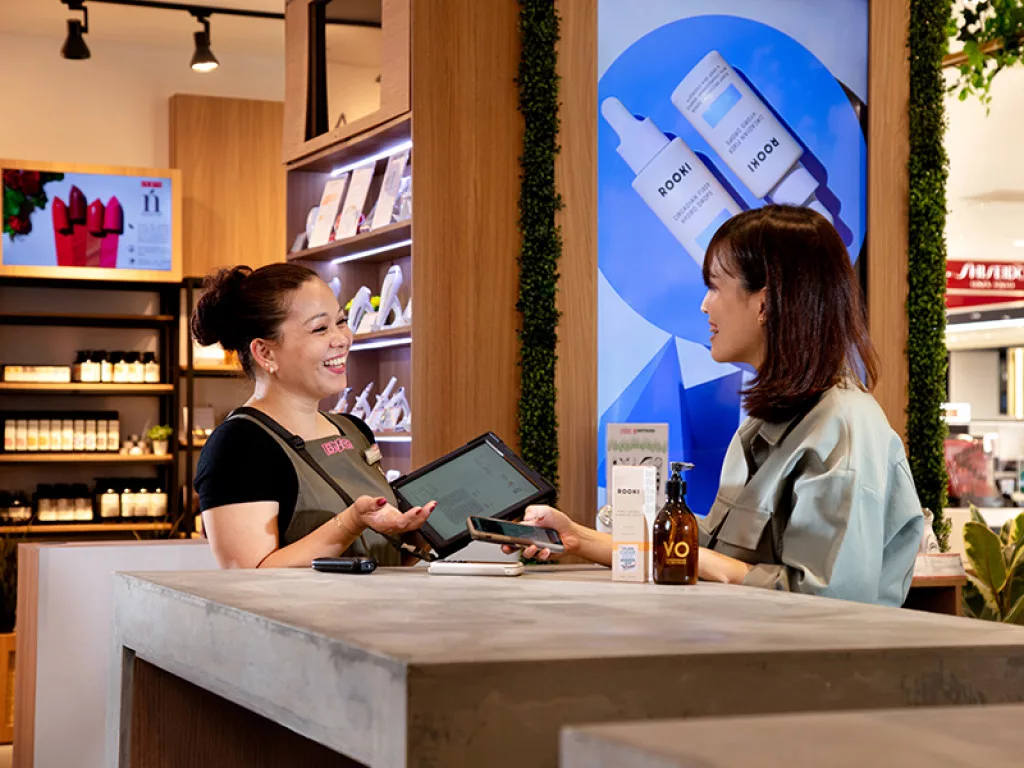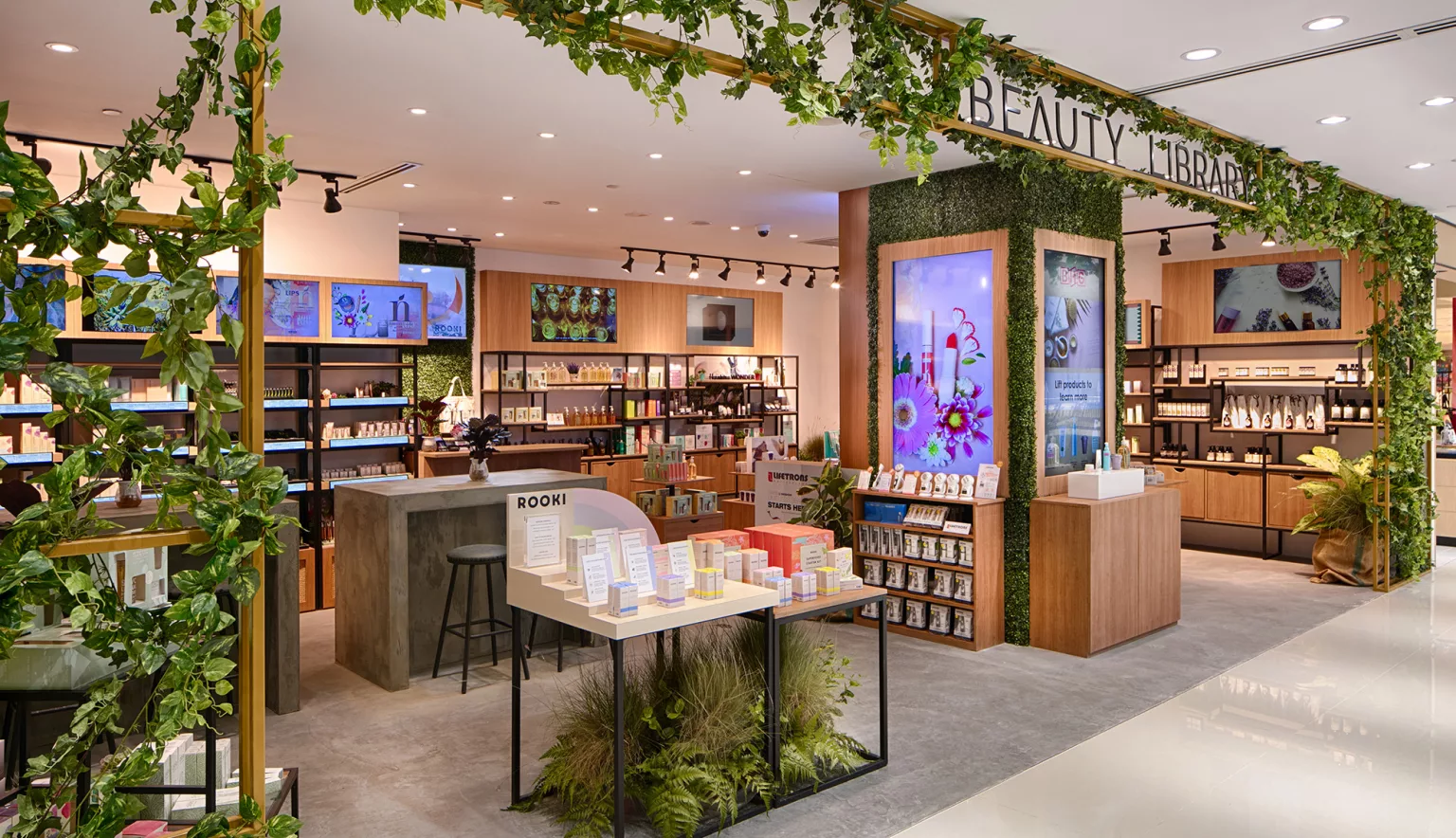After a challenging two years, online consumerism in Southeast Asia is only growing. We take a look at BHG Singapore, and speak to Jheeva Subramanian, CFO, about the company’s plans for the growing digital market post-COVID-19.
RECOVERING IN RETAIL
The Southeast Asian retail sphere is gigantic.
With the tremendous rise of digital tools and widespread use of the latest technology, the future of retail is paved with potential across the region, and the digital sphere is being recognised as the most important aspect of consumerism at present.
“Whilst the retail industry in Singapore is vibrant, we have a lot of catching up to do in terms of transformation, especially digital transformation. That makes it an exciting time to be here as there is a lot to do!” begins Jheeva Subramanian, CFO of BHG Singapore (BHG).
“We are living in a unique period and retail in general is very challenging at the moment, but despite this, it is a great time to be experimenting and discovering new business models. The ecosystem in Singapore makes it possible to experiment and work with cross industry partners to find innovative ideas.”
According to Subramanian, there is also great government support for companies in the space, making it easier for businesses to innovate and grow in the industry. Well known within the region, BHG is a chain of department stores made up of three physical stores in Singapore and an e-commerce channel.
“The Bugis store is our flagship location, and we have two more heartland stores in Bishan and Chua Chu Kang,” Subramanian continues. “As a department store, we cover a varied range of categories from beauty, home and living, men’s and women’s fashion, children and baby products, toys, technology and sports, supported by 170 staff members across the HQ and our stores.
“As a business, BHG was a very traditional department store. The business model of traditional department stores is becoming – if not already – irrelevant in the current digital era we live in. With the change in leadership team in 2019, we were tasked with transforming the business to adapt to the current climate and create a more sustainable business model for the future.”
In light of this, it is the objective of BHG to ensure that the company brings a new shopping experience to consumers while ensuring that the business delivers quality products at affordable prices, in line with sustainability goals.
“The aim of BHG’s transformation is to move from a traditional department store to a lifestyle centre, where consumers come to BHG for more than just to “buy a product”,” Subramanian says. “We want to add value to the shopping experience by offering personalisation, services, workshops, tutorials and a seamless shopping experience which is channel agnostic.”
It is a great time to be experimenting and discovering new business models. The ecosystem in Singapore makes it possible to experiment and work with cross industry partners to find innovative ideas”
Jheeva Subramanian, CFO, BHG Singapore
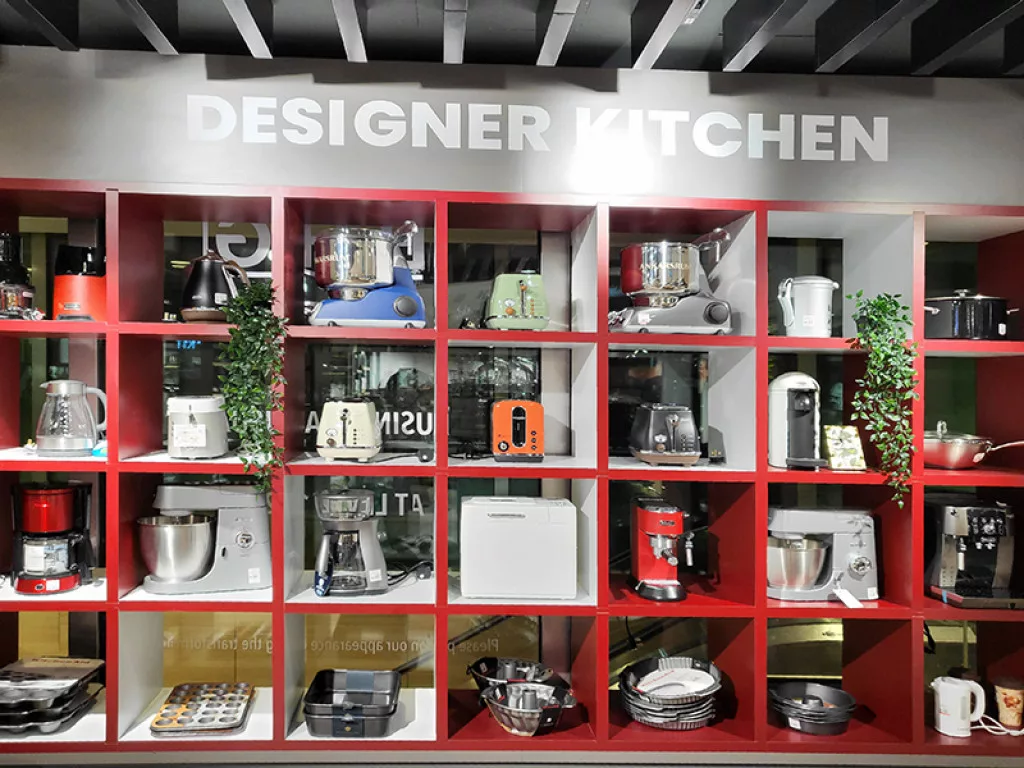
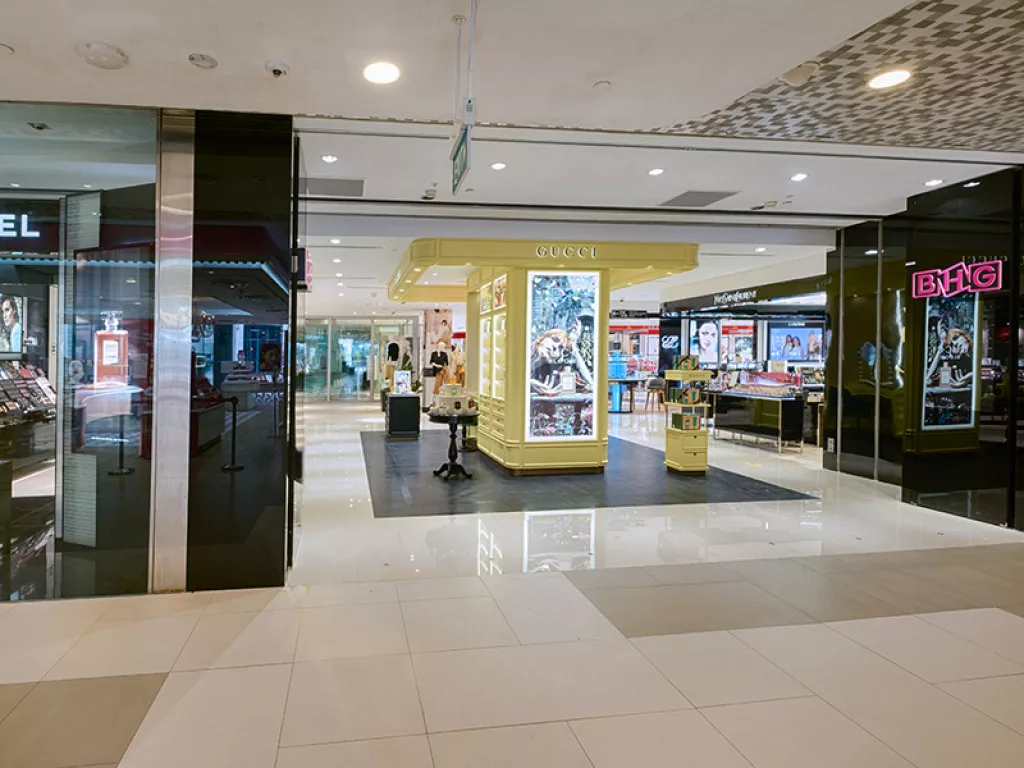
THE FOUR-YEAR PLAN
BHG’s aims are embodied by its four-year transformation plan, which is made up of four phases. Although this plan has been somewhat disrupted by the COVID-19 pandemic, BHG is confident of its ability to catch up and keep to the intended timeline.
“Phase One is to redefine the core business strategies, everything from people, physical store concept, marketing, digital transformation, merchandising and more,” Subramanian tells us. “For example, our physical store strategy is to transform the stores into community engagement locations, with shopping becoming a consequence of this.
“Phase Two is the introduction of digital elements into the business to support the strategies defined in Phase One. For example, how to blur the lines of offline and online using various technologies in store and online channels, introduce artificial intelligence (AI) and machine learning (ML) for personalisation, and move towards a data driven business (predictive and prescriptive analysis).”
Phase Three involves leveraging technologies and new strategies to develop new business models and revenue streams, in addition to the core business. “We aim to build an ecosystem that benefits us, our partners and more importantly, the consumers,” Subramanian explains.
“Phase Four is designed to expand the company’s reach beyond Singapore once we fine-tune the business model.
“The plan is evolving as we need to ensure that we are agile enough to adapt to changes in the industry, technology, and other external factors, and will constantly refine it to forecast and cater to these changes. Transformation is a never-ending journey, and we need to be constantly reinventing if we want to be leaders in the industry. The ability to increase scale and scope at speed with lower investment than traditional expansion is also an area that we are looking at.”
“We want to add value to the shopping experience by offering personalisation, services, workshops, tutorials and a seamless shopping experience”
Jheeva Subramanian, CFO, BHG Singapore
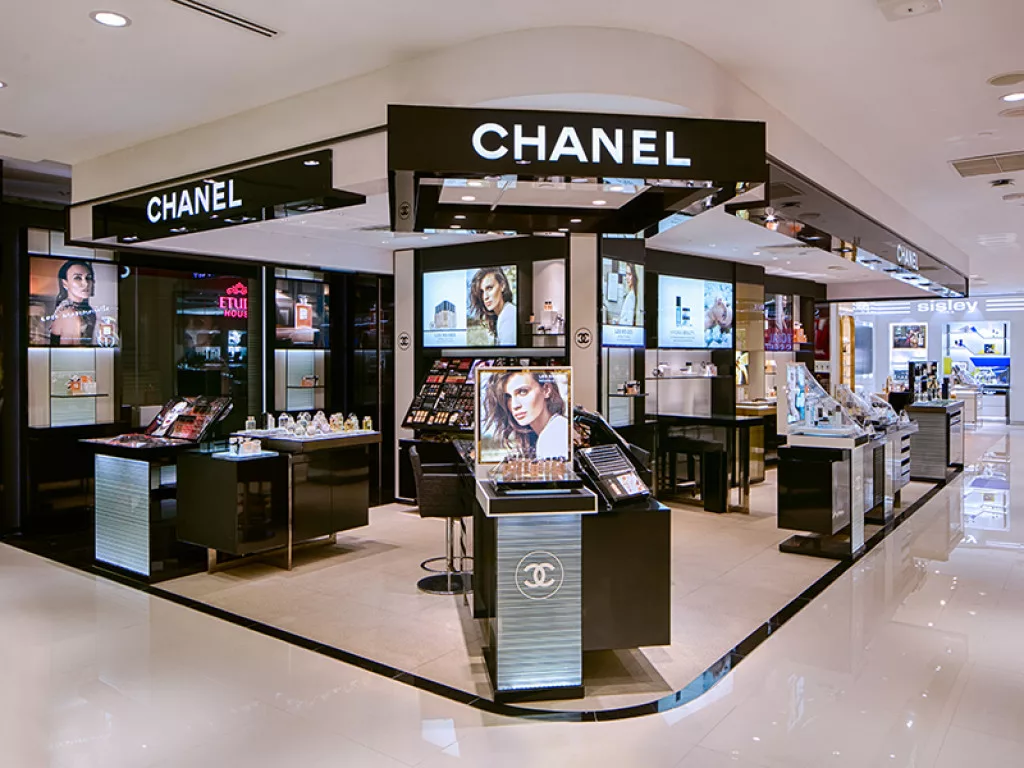
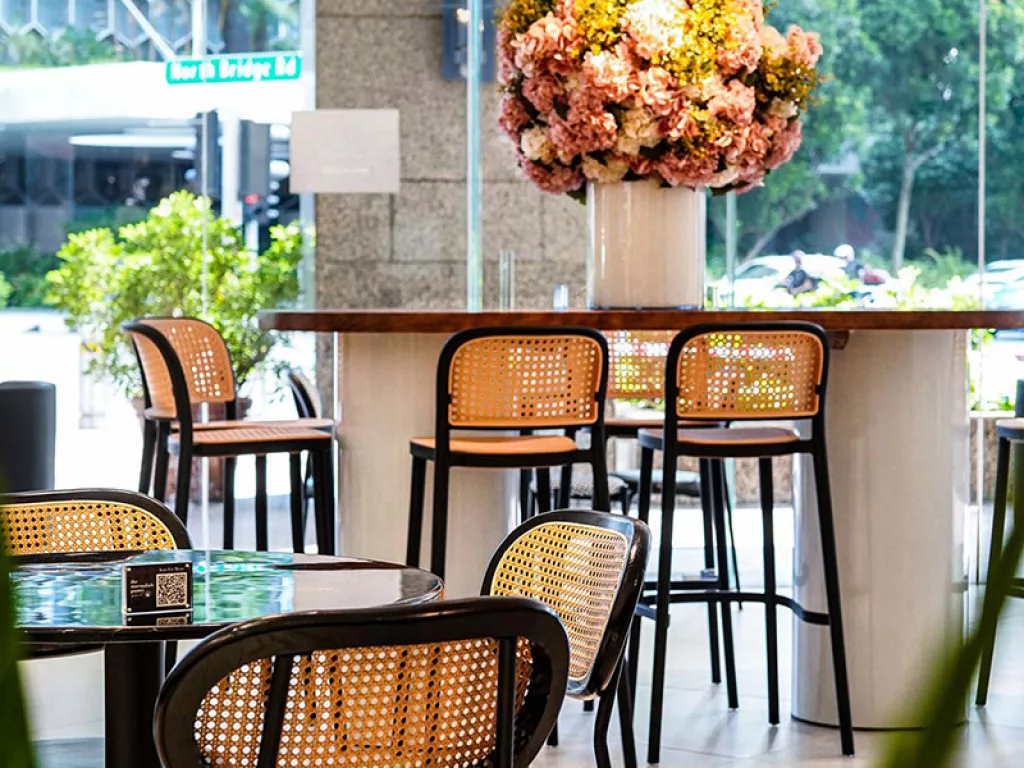
DIGITAL COLLABORATION
BHG is currently working alongside multiple technology partners to see through its planned business developments.
“At present, we are working with Dynamicweb, who has helped us deliver a unified commerce solution and a Singapore startup called Protinus Group, that is assisting us in other digital transformation projects such as virtual stores, social and conversational commerce,” Subramanian says. “In addition to this, we are working with Scash, a company enabling marketplaces and marketing programmes, and MS Media, to integrate solutions such as the endless aisle, self-checkouts and digital kiosks to merge our online and offline presence.
“A unified commerce solution was the key element in BHG’s digital transformation strategy. It is what I consider the backbone to everything we need to implement. For example, the solution allows us to have a unified view of data which enables a single view of the customer journey and inventory. This allows us to provide a more seamless and personalised shopping experience to our customers whilst allowing us to become a more informed business by leveraging on the data.”
Payment partners have also been critical in BHG’s rollout of a seamless shopping experience. The company works with Adyen, a payment solution partner enabling a channel agnostic shopping experience and the deployment of BHG’s mobile POS, and Atome, a company that helps enable digital payments and new payment methods.
“We are constantly experimenting with numerous partners on new ideas,” Subramanian continues. “A couple of the projects we are working on are an AI-based customer data platform in collaboration with DEngage, and we are also looking into how to embrace 5G in retail and its uses with partners such as Nanyang Polytechnic, Revez and Starhub.”


BUILDING BACK FROM COVID-19
With the easing of the pandemic restrictions, BHG is hoping that the industry gradually returns to pre-COVID-19 levels and activity.
“The focus this year is to continue our transformation plans – refining and strengthening the fundamental strategies, using the tools that we have implemented, such as the customer data platform to offer a personalised and seamless shopping experience, and introducing solutions to achieve a channel agnostic shopping experience such as the live selling, virtual stores, endless aisle and self-checkouts,” Subramanian informs us. “The key, however, is to start using data (which is now unified) to get a better understanding of our customers’ shopping patterns and habits and gain a deeper understanding of their needs and expectations. We need to ensure that we act accordingly to what the data is telling us.
“We are also continuing with the revamp of our Home and Living floor in our flagship Bugis store. This is following on from the changes we made to our beauty floor late 2020. The revamp, as we did for the beauty floor, focuses on new brands, experiential retail, workshops and educational corners – lots of interactive points to engage the consumers. This increase in engagement, both in the physical stores and especially online, is the core of our aims moving forward.”
